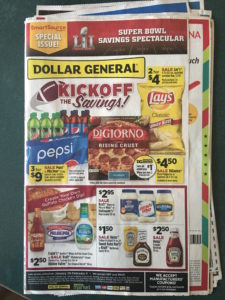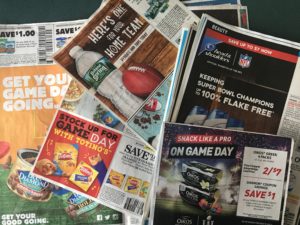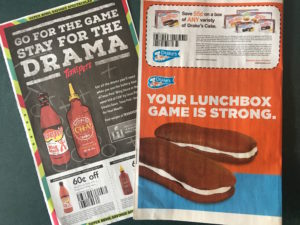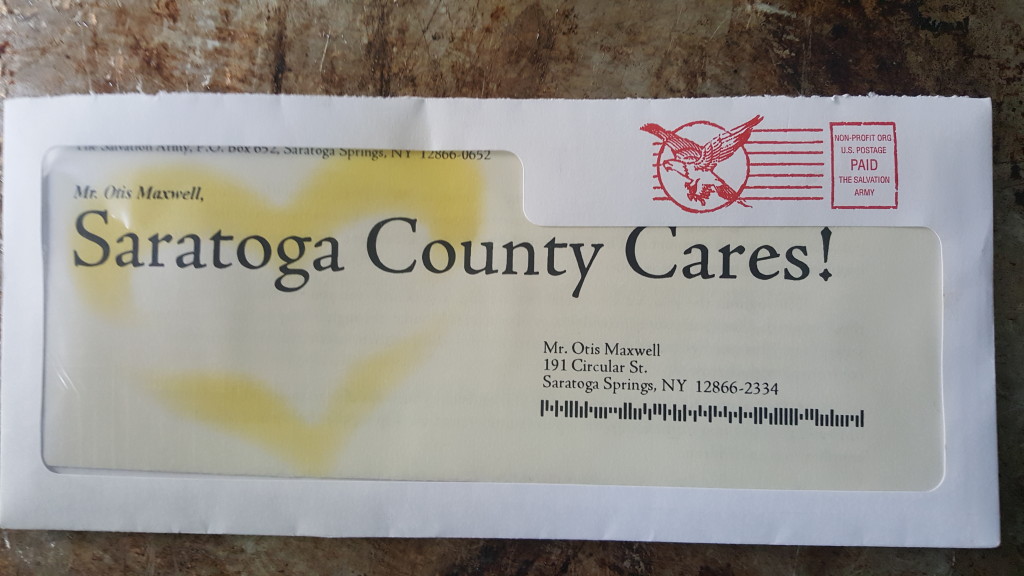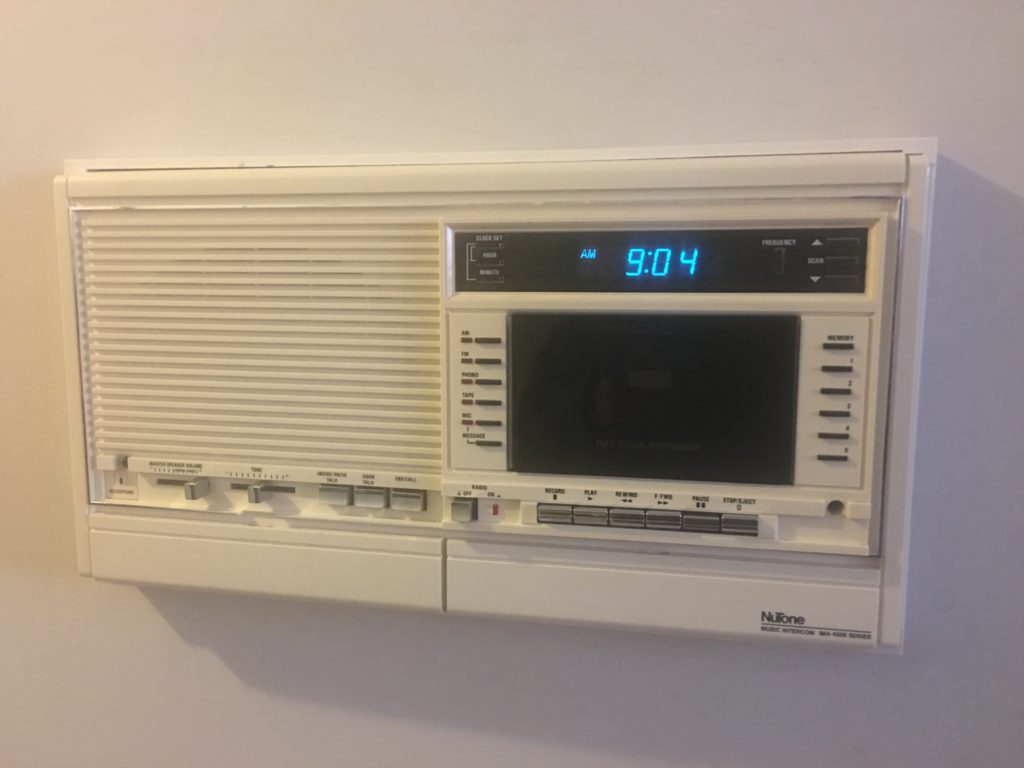
I recently moved into a house that has a NuTone IMA-4006 Music Intercom system installed. You can press a button and be heard in another room (or from the porch if you are ringing the doorbell) and also play music throughout the home. I know that sounds quaint in these days of earbuds and instant messaging, but there is a remote unit in every room so it was pretty hard to ignore.
The most recent owners, who lived here for 15 years, had never tried the NuTone intercom system. I experimented by turning a few knobs and got nothing but hum. But at least there was power. Was it possible the system could be restored to working condition? My local NuTone service center said “we don’t know anybody who works on them anymore.” So it was off to the internet.
A search quickly put me in touch with Northside Service Company, a factory-authorized NuTone Service Center in San Ramon, CA. Their site features dozens of links to videos, manuals and articles to help you make the most of your obsolete equipment. I filled out a web request form and a few minutes later the phone rang. It was owner Chris Peters, calling to discuss my system. It turns out that the remote units rarely fail so if I would send him my control station he would rebuild it at a cost that was not cheap, but far less than buying a comparable system today or taking out all those speakers and patching the holes walls.
I disconnected the many wires following Chris and Cindy Peters’ very clear step by step video, then packed it up according to another video of instructions. A couple of weeks later, I got the unit back along with a bag of parts that had been replaced. Not only did they rebuild the unit, they replaced the doors that cover the controls and often break off (the hinges are no longer available so Northside had them custom manufactured) and at my request added an A/V jack and sent me a couple of new lighted doorbell buttons.
It took me a few days to get up the courage to re-install the unit and test it, but I did and everything works as advertised. I’m back in business, feeling very much like a wired denizen of the early digital era.
This is a story that could not have happened without the internet—which helped me find Northside Service Company, and enabled Chris and Cindy to build a site that was incredibly useful and also showed me they knew what they were doing. But the capper was the personal service. I mentioned that Chris called me immediately when I submitted a request. (It was on New Year’s Eve as I recall.) When I had a question about an extra wire during re-installation he answered me by email within an hour. This is a business model many other specialized service providers (copywriters come to mind) can learn from, and emulate.
